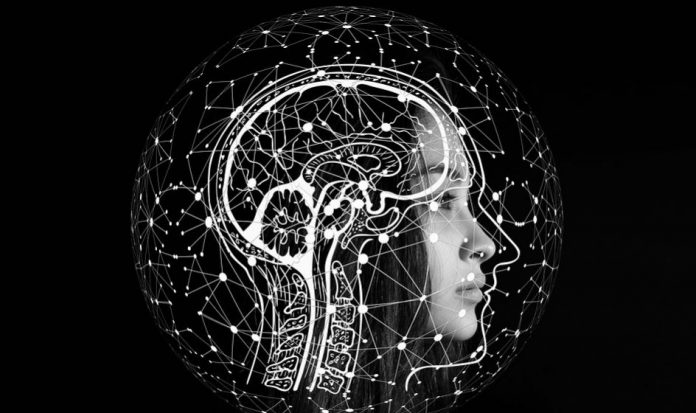There are many ways to get a brainwave recording. Machines such as an EEG will monitor and record brainwaves as they change while a person is sleeping or awake.
Researchers can determine which level of sleep a person is achieving by the waves in the recording. When a person is awake, the brain will produce a different set of waves. This information can be used to diagnose many disorders including depression, anxiety, and attention deficit.
When recording brainwave activity, it is essential to make the brain react to light and sound to determine how quickly and to which sounds and lights the brain responds to.
These are just a few tests that people who are having trouble sleeping will have to undergo in order for specialists to figure out why they are having trouble sleeping through the night.
Reacting to different tones and light sources can tell researchers if the brain is sensitive to certain sounds and light and which should be avoided when trying to sleep.
There are four stages of brain wave activity, Delta, Theta, Beta and Alpha. Once the EEG machine records enough of these waves, researchers will analyze them to see if there are any problems that will need to be addressed.
For example, when a person is fully awake, they will emit mostly Beta waves. Those who are bored or who do not have enough to do during the day will emit Beta waves that are slower than average.
Those who emit Theta waves when they are awake may be suffering from attention deficit because these are the waves that are associated with a heightened state of relaxation.
By studying the brain waves of people, the proper diagnosis will hopefully be given and the person will be placed on mediation or given therapy that will be beneficial.
Recording brainwaves has become more reliable over the years because of technological advances and studies that are conducted that have been able to help so many people.
The brainwaves of a healthy, active person will be very different from those who are depressed and cannot sleep well at nighttime.
These findings can help people change their day to day behavior so that they will be able to sleep or find a therapist to talk to about problems that may be affecting their sleeping pattern.
When a patient needs to have an EEG scan, they may be apprehensive about having the scan. But it is a very simple test that will involve lying down while the EEG machine completes the scan.
Two electrodes are placed on either side of the head so that they can pick up electrical signals from the brain. The EEG machine will pick up on these signals and will use the vibrations to form points that resemble waves.
Patients may have to keep the electrodes on their head for thirty minutes or more so that researchers can get an accurate reading. If being tested at a sleep center, patients may have to sleep with the electrodes on their head for one night.

